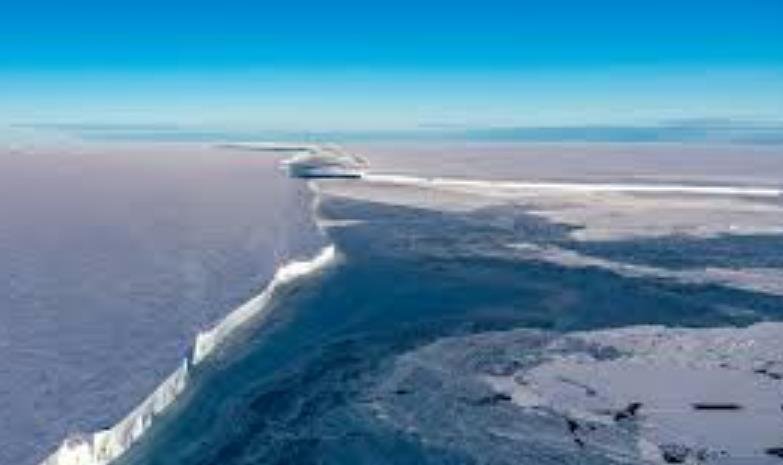A team of Turkish scientists who conducted research as part of the eighth National Antarctic Scientific Expedition has found that Antarctica has lost ice equaling the size of Türkiye in the last three years. The researchers used unmanned aerial vehicles (UAVs), satellite-based surveying methods, and fixed GNSS stations to monitor important parameters such as atmospheric water vapor, sea, ice and snow levels. They observed that changes in the amount of water vapor have increased due to global climate change, leading to serious glacial ice loss.
Professor Dr. Burcu Özsoy, the director of the Polar Research Institute of the Scientific and Technological Research Council of Türkiye (TÜBİTAK) and the coordinator of the expedition, said that they could detect the retreats and differences in the glaciers on a yearly basis with their equipment. “In fact, this issue is frequently reflected in the news, often we hear large ice masses detach from glaciers, calving into the ocean and melting. At 68 south latitude, of course, we have glacier areas. We can say that an ice loss the size of Türkiye has occurred in the last three years,” she said.

UAV imaging reveals significant decrease in snow and glacier areas
The researchers also used UAV imaging to monitor snow and glacier areas in Antarctica. According to the first results of the project, there was an average decrease of 7 cubic meters in approximately 100 square meters of snow and glacier areas between 2022 and 2023. The research also said that there was a similar loss of approximately 11 percent on an area basis and that significant melting occurred in snow and glacier areas in just one year. As a result of this melting, various glacier crevasses and puddles formed, it noted.
Fahri Karabulut, a researcher from Istanbul’s Yildiz Technical University participating in the expedition, said that they could observe an ice loss of 10 percent in glaciers using drones. “Using drones, we observed an area reduction of approximately 10% in the glaciers. Extrapolating this ratio, the ice loss equates to an area roughly the size of Türkiye,” he said. He added that the cracks in the glaciers allowed them to observe and quantify melting both visually and numerically, offering firsthand insights into the consequences of global warming.
Turkish team includes international researchers and high school students
The team consisting of a 20-member scientific delegation and three high school students started its journey last month to Antarctica to conduct 22 scientific studies. Three high school students gained the right to join the team after they won a competition in the country’s technology event, Teknofest, last year, Özsoy said. The team included a total of four international researchers, two from Spain, and one each from the U.S. and Bulgaria.
The Turkish team is part of the international efforts to understand the impacts of climate change on Antarctica, which is home to about 90 percent of the world’s ice and 70 percent of its freshwater. The melting of Antarctic ice could raise sea levels by several meters, threatening coastal cities and islands around the world.
















